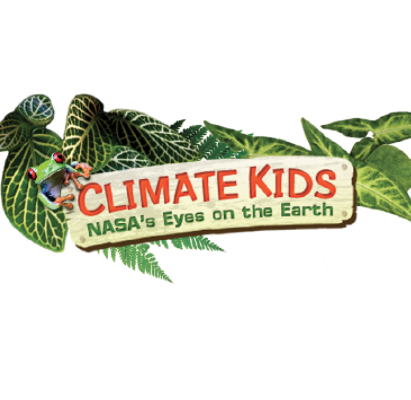It's important to understand the distinction between "empathy" and "compassion." Empathy allows us to sense other people's emotions, like grief or joy, and imagine what someone else might be thinking. Compassion is similar, but also involves a desire to help the person. Earlier this year at a Chicago school, students felt compassion for their teacher -- who was battling cancer -- and followed up with a thoughtful act. The difference between feeling someone's pain (empathy) and having an urge to help (compassion) is transformational and is an important part of teaching in our classrooms.
Research suggests that children younger than two exhibit greater happiness when giving rather than receiving. With that early foundation in place, teachers can incorporate compassion to create a culture where students are one step closer to making real, positive change in their communities.
Check out these picks to start cultivating compassion and promoting social change in the classroom.
This global site and community promotes awareness and action as kids explore the world around them. Kids submit creations to the site, and with each submission a “Wondermeter” rises higher. Once it reaches the top, the latest user-picked project -- such as a water-sanitation project in a developing country -- will be funded by an outside donor. Kids can take their compassion and caring for others and crowdsource community-improvement projects around the world.






